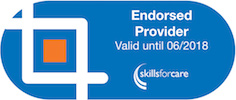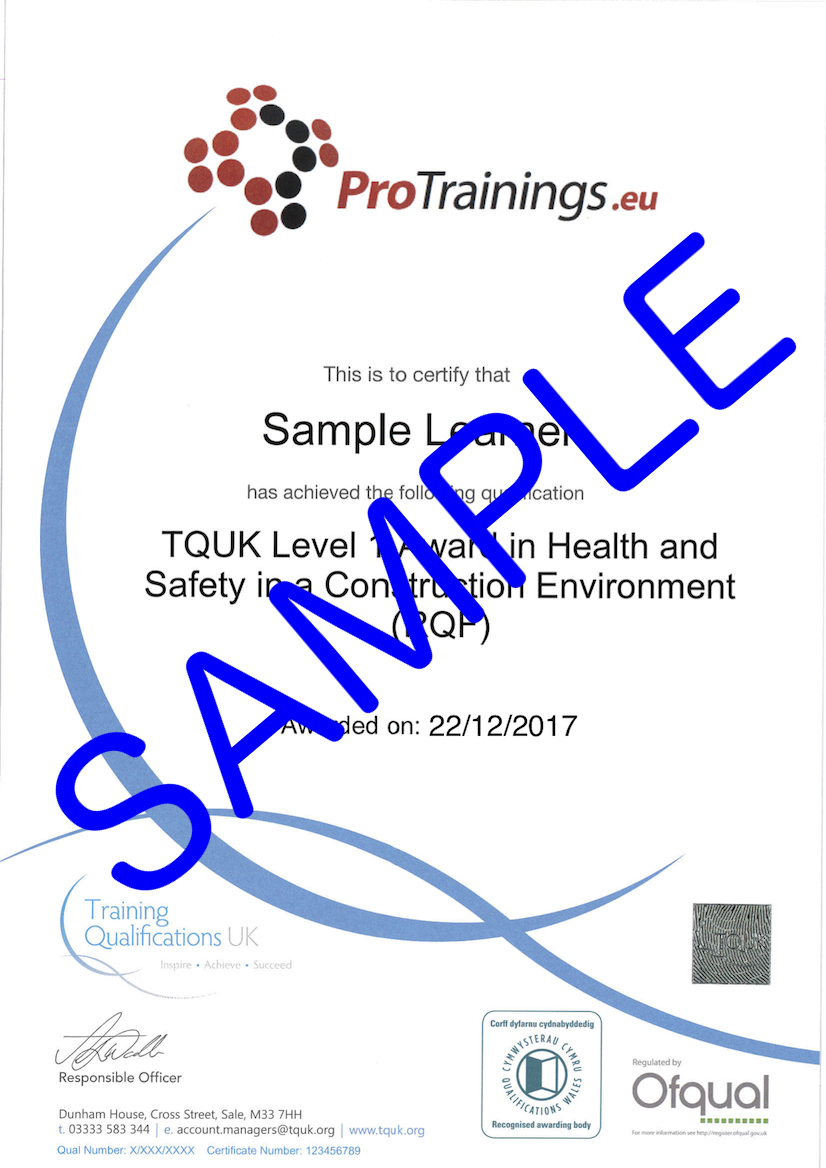Unit 1: Health and Safety in a Construction Environment
1. Know the principles of risk assessment for maintaining and improving health and safety at work.
1.1 State the purpose of risk assessments and method statements.
1.2 State the legal requirements of risk assessments and method statements.
1.3 State common causes of work-related:
- fatalities
- injuries
1.4 State the implications of not preventing accidents and ill health at work.
1.5 State the meaning of the following in relation to health and safety at work:
- accident
- near miss
- hazard
- risk
- competence.
1.6 List typical hazards/risks associated with the following:
- resources
- equipment
- obstructions
- storage
- services
- wastes
- work activities.
1.7 State the importance of reporting accidents and near misses.
1.8 State typical accident reporting procedures.
1.9 State who is responsible for making accident reports.
2. Know the importance of safe manual handling in the workplace.
2.1 State the reasons for ensuring safe manual handling in the workplace.
2.2 State potential injuries and ill health that may occur from incorrect manual handling.
2.3 State the employee’s responsibilities under current legislation and official guidance for:
- moving and storing materials
- manual handling
- mechanical lifting.
2.4 State the procedures for safe lifting in accordance with official guidance.
2.5 State the importance of using site safety equipment when handling materials and equipment.
2.6 List aids available to assist manual handling in the workplace.
2.7 State how to apply safe work practices, follow procedures and report problems when carrying out safe manual handling in the workplace.
3. Know the importance of working safely at height in the workplace
3.1 Define the term ‘working at height'.
3.2 State the employee’s responsibilities under current legislation and official guidance whilst working at height.
3.3 List hazards/risks associated with the following:
- dropping tools and debris
- stability of ladders
- overhead cables
- fragile roofs
- scaffolds
- internal voids
- equipment
- the working area
- other people.
3.4 State how hazards/risks associated with working at height can be controlled.
3.5 State the regulation that controls the use of suitable equipment for working at height
4 Know risks to health within a construction environment
4.1 List substances hazardous to health under current regulations.
4.2 List common risks to health within a construction environment.
4.3 State the types of hazards/risks that may occur in the workplace linked with the use of drugs and alcohol.
4.4 State the importance of the correct storage of combustibles and chemicals on site.
4.5 State the importance of personal hygiene within a construction environment.
4.6 State the potential hazards/risks to the health of workers exposed to asbestos.
4.7 State types of asbestos waste.
4.8 State types of personal protective equipment (PPE) used when dealing with hazardous materials
5 Know the importance of working around plant and equipment safely
5.1 List ways in which moving machinery can cause injuries.
5.2 State hazards/risks relating to the use of plant and equipment.
5.3 State the importance of keeping a safe distance away from plant/machinery and equipment until clear contact is made with the operator.
5.4 Outline how method statements can assist in ensuring the safety of workers where moving plant is in use.
5.5 State ways to eliminate or control hazards/risks relating to working around plant and equipment.
5.6 Identify hazard warning signs and symbols used around the use of plant and equipment.








